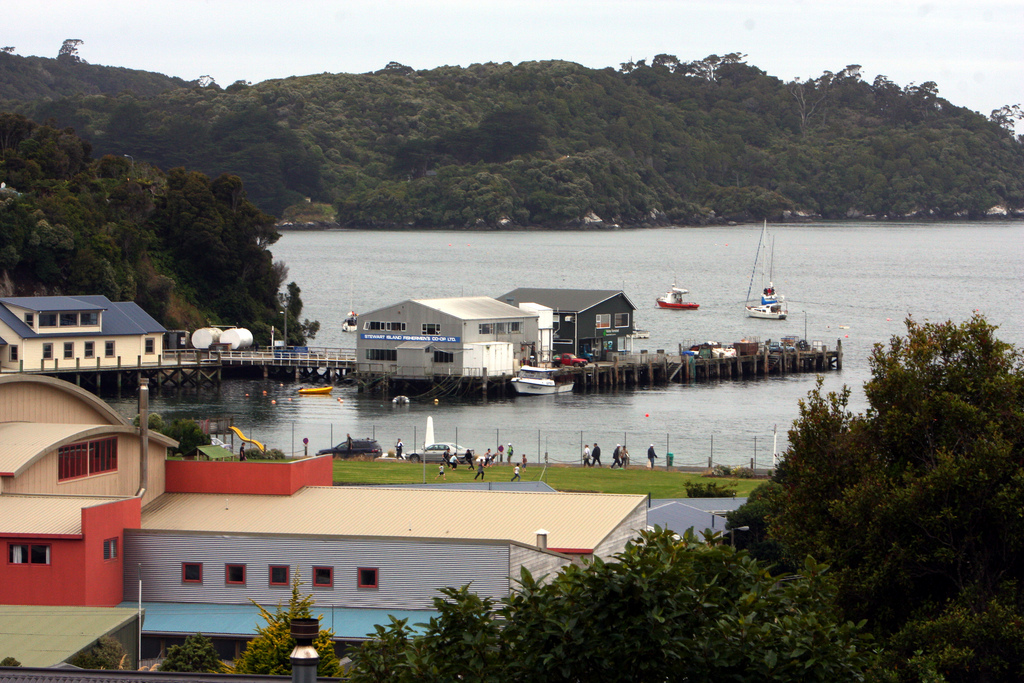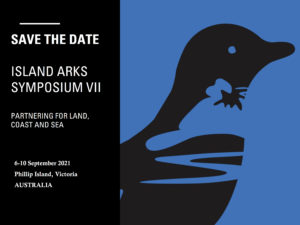Two weeks ago New Zealand economist and philanthropist Gareth Morgan announced his multi-million dollar plan to remove pests from Stewart Island, a 1,746 km2 island located 30km south of the South Island. It is reportedly the world’s first attempt to rid invasive species from a substantially populated island. Stewart Island has just over 400 residents.
Island Arks spoke to Tasmanian conservationist Christian Bell about Morgan’s plan to eradicate rats, possums and feral cats and what it could mean for Australian islands.
Island Arks: Have there been previous attempts to make inhabited islands pest-free?
Christian Bell: Yes, they tend to focus on species such as pigs, goats, deer and rabbits; however foxes, cats and rats have also been successfully removed. Some of these islands have had resident human populations of over one thousand or even tens of thousands in some cases.

Morgan’s plan is to start by making 5000 hectares of pest-free land from Halfmoon Bay to the Rakiura Track using a 12-kilometre predator-proof fence then eradicate the rest of the 170,000ha island. Image Credit: “Oban on Stewart Island” © 2011 Bruce Tuten, used under a Creative Commons Attribution-ShareAlike license: http://creativecommons.org/licenses/by-sa/3.0/.
Island Arks: What are your thoughts on either method-first creating a pest-free zone of 5000 hectares and then expanding to the entire island?
Christian Bell: Creating a fenced area can serve a useful purpose (as a separate area could prove quite successful in its own right) or serve as a stage for creating a pest free island. Of course if a fence is going to be successful there are quite a few variables that have to be considered. Is the terrain suitable? How expensive will it to construct? Constructing a fence to exclude some or all predator species is a very expensive exercise. Islands are of course maritime environments and we are likely to see the steel components have short service lives. Keeping gates secure and the quarantine protocols in place would be very demanding. Fencing could also become vandalized or stolen. Maintenance and vigilance has to remain permanent otherwise all the gains could be lost with regard to species conservation.
Island Arks: One of the major concerns they anticipate is public outcry. Household cats could potentially be killed while rats, possums and feral cats are targeted. What can the Stewart Island pest eradication learn from previous eradication efforts?
Christian Bell: Pets would have to be confined during the period of active operations and field work. Pets might even have to be transported off island during some of the period of field operations. Any cats remaining on the island as pets would have to de sexed and micro chipped and preferably be kept in pet enclosures. Paying for these enclosures should form part of the overall cost of the project. Is also pertinent to flag the impacts on non target native species in advance of the field work and build the case for the long term benefits ahead of the expected short term loss of some individuals.
Island Arks: If this eradication project is successful, what would it mean for Australian island eradications?
Christian Bell: Australia has its own suite of large inhabited off shore islands; some have already seen the successful removal of selected species from their shores (mainly herbivores or omnivores). The removal of suite of invasive species (including carnivores) in the one project it would be a fantastic model to emulate. Surely there must be an Australian entrepreneur willing to fund such a legacy for an Australian island?
Island Arks: Gareth Morgan said his vision for the project is to have a kiwi wandering down the main street of Oban. Is that a lofty goal?
Christian Bell: If he can remove the predator species from the island then it could well be achieved. Though kiwis in the main street of Oban might find themselves becoming road kill, perhaps they might need to turn the main street into a mall.

